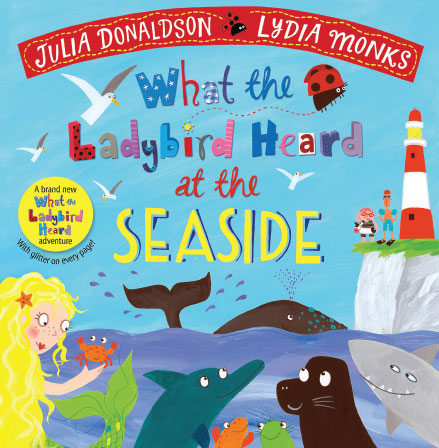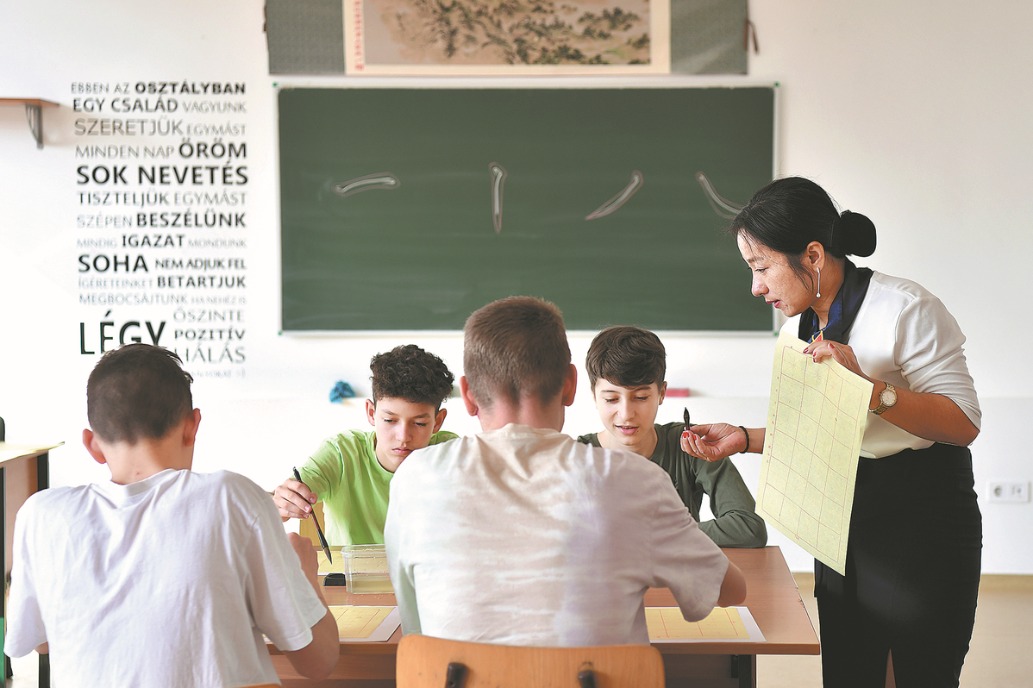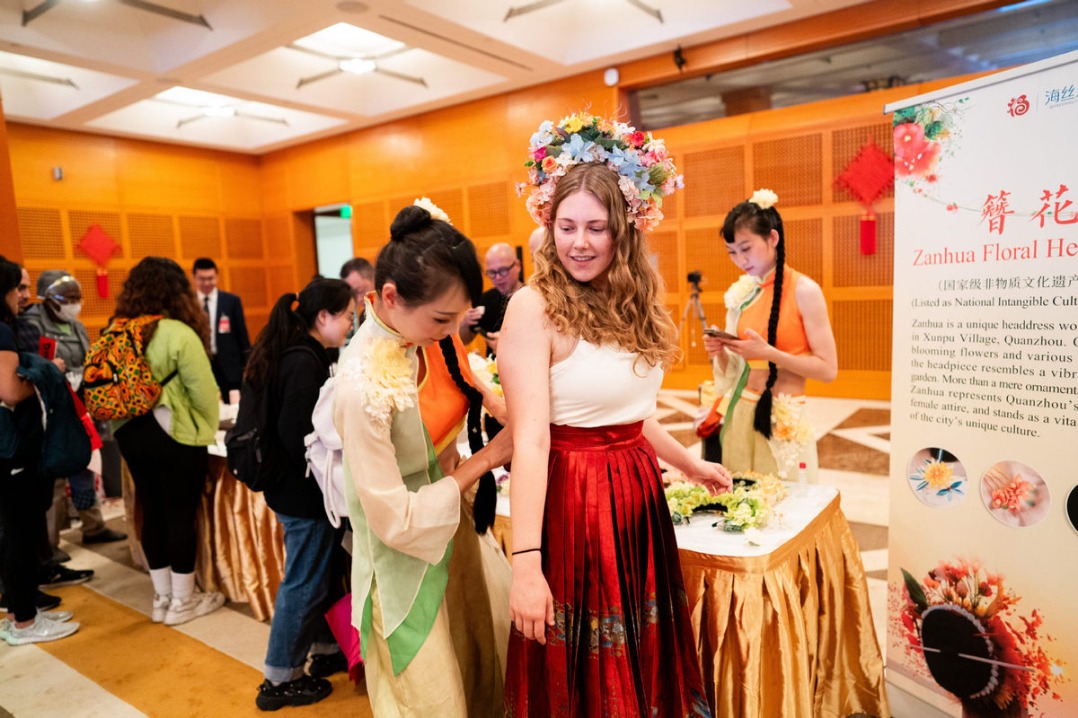Best-seller Donaldson reveals Chinese twist in her success story
By JULIAN SHEA in London | China Daily Global | Updated: 2020-03-23 13:33

"A mouse took a stroll through the deep dark wood. A fox saw the mouse and the mouse looked good...."
These are the opening lines of The Gruffalo, a short rhyming children's story written by British author Julia Donaldson and illustrated by Axel Scheffler, first published in 1999.
Since then, the story of the clever little mouse who goes through the woods, scaring off predators by threatening them with an imaginary creature called a gruffalo-only to then discover that gruffalos do really exist-and also its sequel, The Gruffalo's Child, have become cornerstones of the early years lives of untold numbers of children around the world.
Translated into 76 languages from Albanian to Zulu, and selling 17 million copies, as well as being made into a stage show and Oscar-nominated short film, the Gruffalo books have established Donaldson as one of the world's most best-selling and prolific children's authors, having so far published more than 200 books-and counting.
Her latest is the paperback edition of a book called Animalphabet, whose original hardback edition won the Chen Bochui award at the China Shanghai International Children's Book Fair in 2018.
Although she is best known for her early years work, Donaldson's books cover the whole range of childhood and young adult. In 2007 she visited China, and as she told China Daily, there is a strong Chinese thread running through her output-starting with The Gruffalo.
"I'd read several versions of a story about a girl who went through the forest with a tiger wanting to eat her, but claiming she was the queen of the forest and having protection from other animals, which is where I got the idea from," she said. "It was only later that I found out that the origins of the story were in fact Chinese."
Before she was an author, Donaldson was a children's songwriter, and she puts the success of The Gruffalo down to a simple formula-"Good rhymes, good story, great pictures, bit scary." The illustrations certainly play a big part in her success, and in the case of The Gruffalo and many of her other biggest-selling books, they are by German artist Scheffler.
Much of the popularity of Animalphabet, which has proved such a hit in China, is, Donaldson says, down to the pictures by Australian illustrator Sharon King-Chai.
"The book is about comparing animals to one another and was very quick to write," she said. "The text is very slight but it must have taken a long time to illustrate. We're working together on another one called Counting Creatures, about the number of babies different animals have, so I hope that will prove just as popular in China."
Running on the Cracks, published in 2009, was Donaldson's first book for young adults and a move away from the genre that made her name, but again with a Chinese connection, telling the story of a teenager whose parents die in a plane crash and who then goes in search of his Chinese grandparents in Scotland.
"That was so interesting to write," she said. "I did a lot of research into the Chinese community for that, and it won an inclusivity in literature prize for its portrayal of a character with mental health problems."
Following the paperback edition of Animalphabet, Donaldson already has her next new work lined up, What the Ladybird Heard at the Seaside, the fourth in a series of illustrated tales for younger children, and with more books already scheduled and a television dramatization of her Princess Mirror-Belle stories coming soon, her productivity levels show no signs of dipping.
And for anyone facing a period of novel coronavirus isolation who thinks now might be the chance to write that book they always wanted to, but never had time for, Donaldson has some simple tips.
"If you're an adult writing for children, plan your story and make sure you have a good, if possible clever, ending because so many editors tell me they receive submissions they really like which have lame endings that let them down," she said.
"Also, have a good idea of what today's children are already reading. Don't just have your set ideas, know your audience.
"For a child who wants to write, I'd say give your central character a problem, then make it worse before it gets better. Also, sometimes writing a play can be more fun. Use existing characters and adapt them, enjoy writing the dialogue, then you don't have to spend so much time on descriptive stuff, which can be harder for children."
























